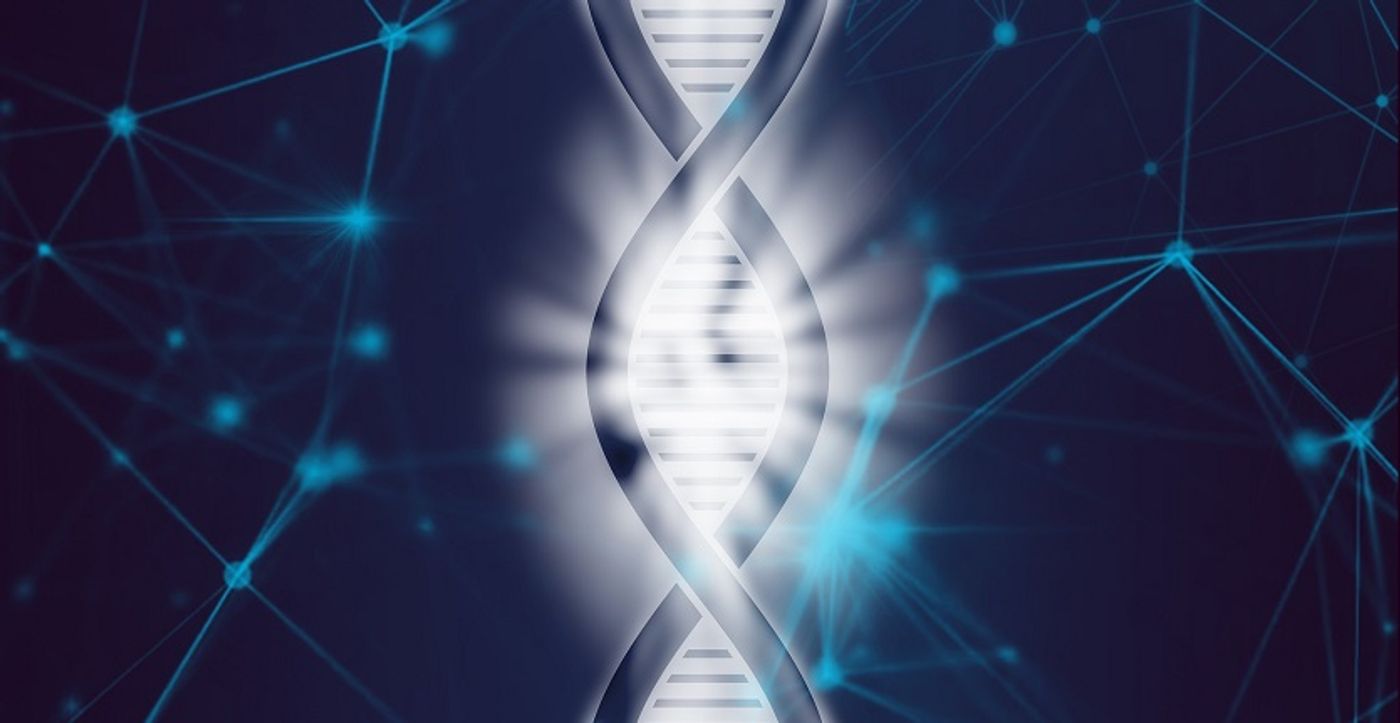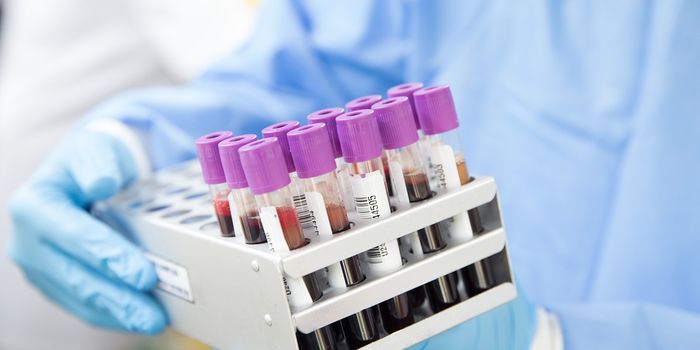Examining the Glioma Influenced Immune System
The human body is a complicated network of systems and signals. Many systems regulate themselves or others in various activation or suppression pathways. One mistake in certain systems can lead to disease onset. Cancer is one of the most common diseases that arise this way, and cancer treatments often focus on the systems that surround the tumor, not the cancer itself.
Cancer is essentially one genetic error that compounds into many. In glioblastomas, in particular, can be a complex problem. Gliomas are rapidly growing and invasive brain cancers, hidden behind the natural defense of the blood-brain barrier. They eventually erode the barrier and allow the passage of some immune cells into the brain. However, instead of working to fight the growth of the glioma tumor, they seem to promote its growth.
If researchers can understand how this interaction between these immune cells and glioma tumors, it could be critical in bringing gliomas to heel. A group from the Harvard Medical School in Boston chose to study these interactions by analyzing the genes expressed of a set of monocytes and macrophages. Both are vital components of the immune system, and their expression profiles can explain how they change after contacting the tumor. Their end goal was to generate useful data for scientists and present the data in a user-friendly way.
They found that immune cells from the blood had different gene expression profiles after interacting with a glioblastoma. Compared to their blood-derived versions, these immune cells had a higher anti- and pro-inflammation gene expression. This expression profile was confirmed by analyzing the anti-inflammatory and pro-inflammatory marker gene expression. This was interesting, as this expression profile did not fit the standard profiles from previous research.
This expression scheme could explain why attempts to target the glioma microenvironment for cancer treatments go wrong. Immune cells from the blood interact with a glioblastoma and begin expressing different genes. This is often seen in other cancers, as a tumor can influence nearby cells and tissues to surround itself with a pro-tumor environment.
While the group could not elucidate on the complex expression profiles observed in the immune cells they tested, they did generate useful data that could be used in future research. They started a web-based platform (www.glioma-monocytes.com) to facilitate easy access. They conclude their work, “While this can give insight into potential targets and markers for these monocyte subtypes, our incomplete understanding still hinders the development of stromal-targeted therapeutics and thus future research will be needed to address the relationship between and the function of these different cell types.”
Sources: Nature, Shomu's Biology









